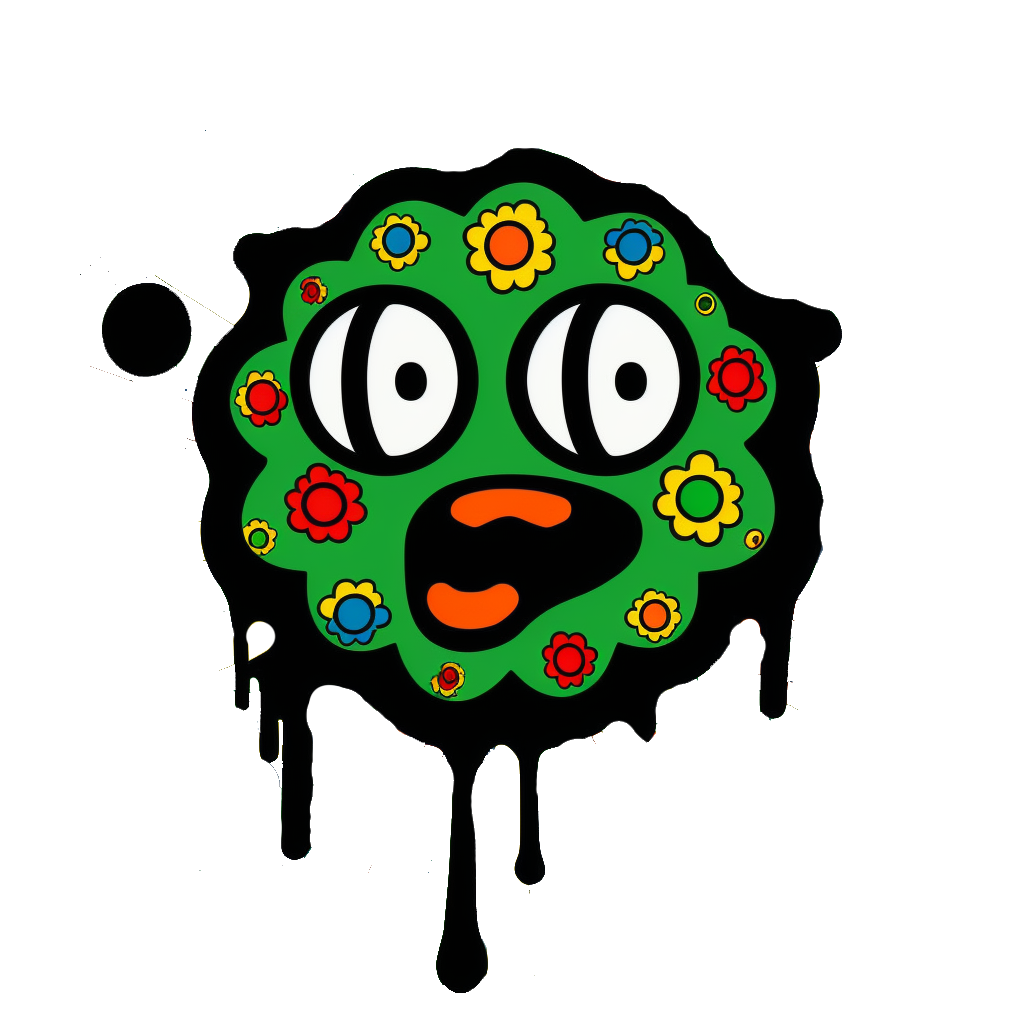From birth through adolescence, each stage of a child’s development presents unique opportunities for integrating music software to support growth and learning. Aligning music software’s features with the developmental milestones of children and adolescents serves as a valuable tool for enhancing their physical, cognitive, social, and emotional development through the universal language of music.
Birth to 1 Year: During this period, our music software can be used in a passive context, playing gentle, rhythmic sounds that can stimulate infants’ auditory senses and contribute to their neurological and cognitive development. The software’s variety of sounds can also support the differentiation of tastes in music from an early age.
1 to 2 Years: As children start walking and engaging in complex play, our software can introduce interactive musical games that encourage physical movement and cognitive skills like problem-solving and object recognition. Simple musical activities can also support imitation behaviour, enhancing their learning process.
2 to 3 Years: Our software offers interactive features that require basic physical interaction, such as tapping or swiping, which align with the fine motor skills developed in this age group. Cognitive features that allow children to engage in simple musical creation can support their burgeoning sense of self and problem-solving skills.
3 to 4 Years: At this stage, children can engage with our software more independently, using it to explore different musical sounds and rhythms, which can aid in their cognitive understanding of rules through musical games and activities. This can also support their emotional development, providing comfort during times of separation anxiety.
4 to 5 Years: Our software can support physical development through interactive dance and movement activities. Cognitively, it can reinforce concepts like counting and shape recognition through musical patterns and games, making learning engaging and fun.
5 to 7 Years: As children develop more refined motor skills, our software can introduce more complex musical activities like basic rhythm games, which can improve coordination and cognitive skills such as following sequences and understanding perspectives through collaborative music-making.
8 to 12 Years: During this pivotal stage, our music software can serve as a creative outlet and a means of emotional expression, catering to their refined motor skills and cognitive abilities. The software can offer more advanced musical challenges, composition tools, and opportunities for social interaction through music, supporting their emotional well-being and social development.
13 to 19 Years: Adolescents can use our software to explore and define their musical identity, experiment with complex music creation, and collaborate with peers. The software’s advanced features can challenge their cognitive skills while providing a platform for emotional expression and social connection, fostering a sense of self and community.
We design with accessibility in mind, ensuring that children at various developmental stages can engage with music in ways that are both beneficial and enjoyable.




